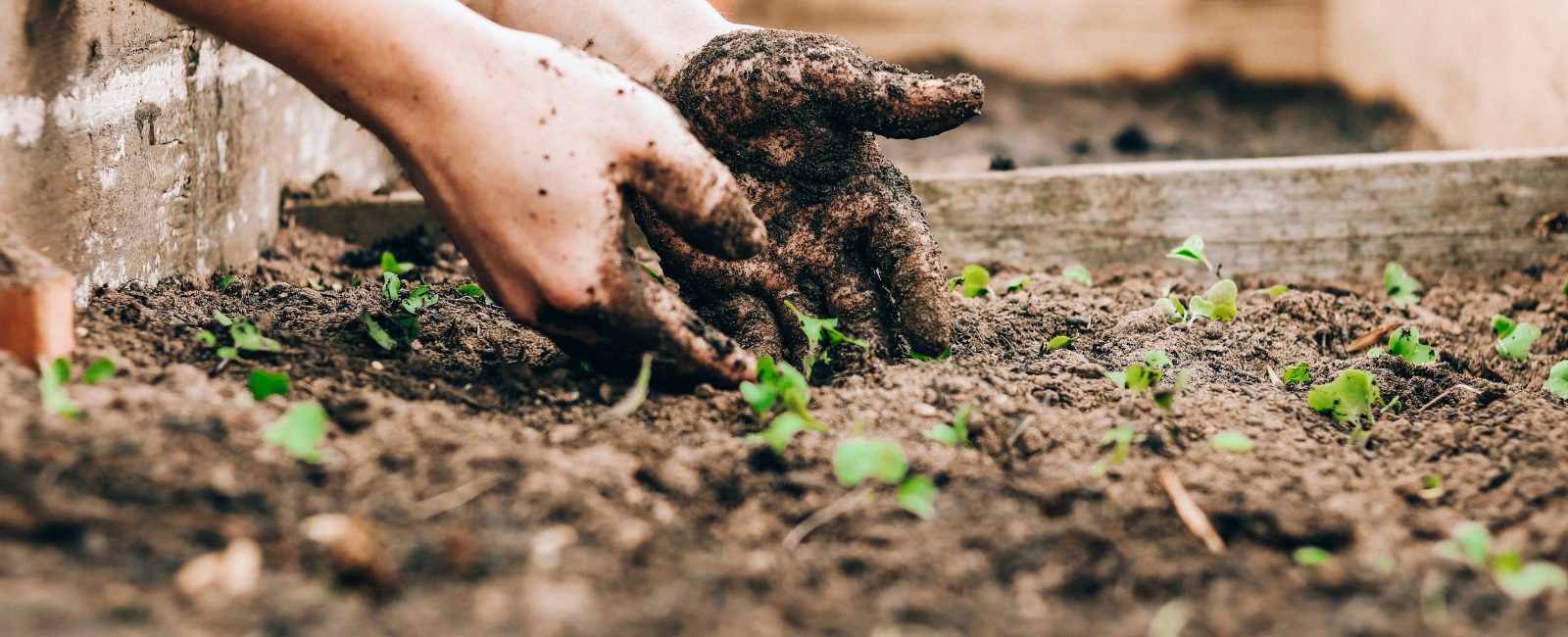
In the last year, over 27 million people in the UK tended a garden or raised some kinds of flowers or plants. Those numbers have been steadily increasing, which means lots of Brits will take up the rakes and shovels and try their hand at planting their first plants this year.
However, before a gardener can start doing all of the above, it is important to set up their garden correctly. That’s the only way to ensure successful plant growth and a healthy crop.
Below are some of the most essential steps and techniques you need to keep in mind to ensure all of the above.
Choose the Right Location
Picking the correct spot requires assessing a few things first.
Among them, first is to choose an area which provides adequate sunlight. Most greens require exposure of at least 6 hours a day for optimal growth.
However, that’s not the case with all plants. Some prefer the shade, for example, and you will have to factor in that as well!
Lastly, you want to avoid certain areas, such as those with heavy competition from tree roots, heavy foot traffic, or poor drainage. Once you factor in these principles, you will have no trouble picking up the right spot for your garden.
Clear the Area
Before planting begins, a gardener knows he has to do some prep work in order to foster the plants’ growth. That starts with clearing the area of all weeds, rocks and other kinds of debris. Ultimately, the goal is to set up the garden so that there’s reduced competition for nutrients and water.
Get the gardening tools ready and begin by removing the larger rocks and sticks first, moving from larger to smaller ones.
Once done, pull the weeds by hand while being careful to also remove their roots so they don’t appear back as fast. Alternatively, you can use a garden fork to loosen the soil and have an easier time dealing with the invasive greens.
Test the Soil
Next comes determining the pH level and nutrient content via either a soil testing kit or a local agricultural extension service analysis. That’s important data which you need to know before making decisions about soil amendments and fertilisation.
Amend the Soil
The next step is amending the ground where your garden will be. This is done only after you have all the data so you can adjust the different levels of the soil correctly. You will need to pay attention to pH levels, add organic matter, and lastly, choose the proper fertiliser.
Let’s tackle the pH of your soil first. For that, you need either lime (if you need to raise it) or sulfur (if you need to lower it). Spread the needed substance evenly and keep in mind that the recommended amount is 5 pounds per 100 square feet of either substance.
You will need to adjust the pH every few years as plants will feed on these two resources and deplete them.
Next, you need to add organic material. This can either compost or aged manure. Organic material is crucial for improving the soil’s texture and structure. It’s also what ensures that the plants’ roots will get enough moisture, nutrients and air.
Lastly, add the right fertiliser for your plants requirements. Usually, the choice is either between organic or synthetic ones. The core advantage of the former is that it releases its nutrients over time, thus providing sustained feeding, while the latter acts quicker and it’s cheaper, however, it doesn’t amend the soil.
Create Planting Beds
Now that you’re done with the above step, you’re ready to create planting beds. Begin by marking the boundaries with a garden hoe or shovel.
Once done, arrange the planting beds in rows or raised mounds. While at it, keep in mind to ensure enough space for proper planting and irrigation.
If the soil is poorly drained, or if there’s constraint space, your best option is to create raised beds. They are also great because they provide better soil aeration and root development. This will surely lead to better results and overall healthier, stronger plants.
Install Irrigation Systems
To ensure optimal growth, plants require plenty of water. For irrigating greens, most people will use either sprinklers or soaker hoses. Drip irrigation systems are another viable and popular alternative.
It will be of great benefit to choose a system that delivers water to your plants efficiently and evenly, while at the same time conserving H2O and minimising its waste.
Timed or automatic watering systems can be a great solution here, as they will not only reduce wasting the precious resource, but also save you quite a bit of money in the long run.
Mulch Planting Beds
Mulching is important because it moderates the soil temperature, inhibits the growth of weeds, and also retains moisture. Simply add a layer of organic mulch (such as straw, shredded leaves or wood chips) to the planting beds and you’re all set.
You will need, however, to watch out for moisture-related diseases. So, it’s highly recommended to leave a small gap around the stems of plants.
Normally, you will replenish mulch when needed, such as during the growing season. The idea is to maintain a consistent layer of it in order to maximise its results.
Plan for Maintenance
When it comes to maintaining your greens, creating a gardening calendar is an excellent way to stay on top of things. Doing so will ensure you don’t forget anything and that certain tasks get done on time.
Put important maintenance tasks, such as watering and inspecting the plants for pests, on it and simply work with a schedule.
Some tasks must be synced with the weather, so plan accordingly. For example, you’ll have to water the plants during the warmer months if there’s not enough rain, or vice-versa cross-off watering when there is plenty of rainwater, etc.
Use a calendar to remind yourself to organise your tools and supplies when you need to. Overall, streamlining your maintenance work is a great way to balance your garden work with the rest of your day.
Creating a beautiful garden is lots of hard work but also a deeply rewarding experience. By having a quick checklist such as the one above, you can be sure you won’t accidentally skip a step and ensure the successful preparation of your garden for the coming planting season.
We hope you apply the above-mentioned tips and steps and you have a wonderful gardening this season!












